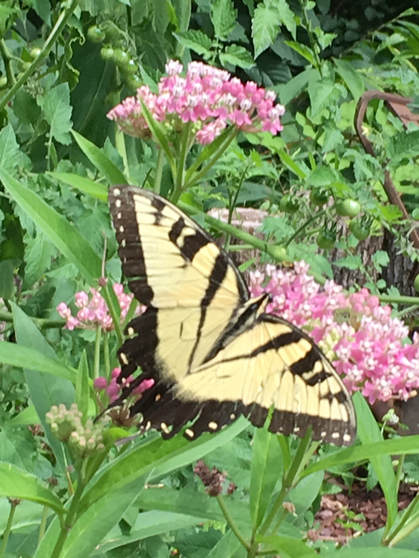
"We can no longer hope to coexist with other animals if we continue to wage war on their homes and food supplies."
~Doug Tallemy, Bringing Nature Home
Back when we were maintaining an oversized (for us) house, we had an epiphany: we wanted to tread a little lighter on the planet. The tiny house we built was part of our movement in that direction, and so were the solar panels we installed, the clean-burning wood stove and the vegetable garden. What came a few years later was the call to stewardship.
Respect for the land and its biotic communities can be measured in the quantity of trash we cart off to the landfill, in the products we wash down the drain and, as I've only recently come to understand, in the plants we choose to put in the ground.
Years ago, I bought a butterfly bush and planted it in the front yard of the big house we owned. I thought I was doing the butterflies a favor. Instead, I'd planted an exotic, invasive shrub that basically starves our native butterflies because it attracts them but doesn't provide the nutrition offered by native plants. And it's not a "host" plant; butterflies don't recognize it as a place to breed. So, when butterfly bushes replace native species like milkweed, Monarchs have a harder time surviving, reproducing and pollinating plants. And then songbirds can't find sufficient quantities of caterpillars to feed their young. And, to top it off, we need to use more pesticides and water to keep our non-native plants alive in their "alien" environment.
I'm in the process of reeducating myself. I have to learn what plants belong here and what plants don't. It's easy to see that stiltgrass, multiflora rose and wineberry plants are smothering native vegetation. I've learned to recognize and remove Japanese barberry, garlic mustard and beefsteak plants. Harder to accept is that the daylilies and periwinkle I used to plant everywhere are invasives, as well.
The good news is that there are so many beautiful, beneficial plants I can add back to our landscape. We'll be replacing one patch of turf with trees and shrubs that feed birds throughout the year. Under consideration: American holly, Sweetbay Magnolia, Spicebush and Lowbush Blueberry. And we'll be planting perennials favored by bees and butterflies like Wild Indigo, Turk's-cap Lily and Narrow-leaved Sunflower.
Last year we started the process by establishing a pollinator garden beside our vegetable beds. The Beebalm lives up to its name there. The Cardinal Flower has drawn in hummingbirds, and butterflies found our milkweed, which hosted its share of fat, striped caterpillars last fall. I saved seeds from last year's planting, and I hope to convert more yard each year to landscaping that feeds and shelters critters. We sit on the edge of a forest that does a pretty good job of this already. There in the woods, we focus on removing invasive vines and shrubs, and we let Mother Nature take care of the planting.
Now, I'm trying to spread the message. Recently, I spent a day learning the basics of becoming a native plant "ambassador" with the Audubon at Home program. Anyone can request a free site visit by an ambassador, who will make recommendations for restoring wildlife habitats to a property of any size—from a balcony to a multi-acre swath of land. I'm going to request a visit by an experienced ambassador to our tiny homestead, both to get ideas for improving our landscape and to learn more about the program.
I'm no expert, but I'm trying to learn a little more each day. And I'll reduce our lawn area each year, taking care to plant what will thrive here without the need for my intervention and what will support the community of critters that share this patch of the planet with me.
I'll close with another quote from Doug Tallemy: "Gardening with natives is no longer just a peripheral option favored by vegetarians and erstwhile hippies. It is an important part of a paradigm shift in our shaky relationship with the planet that sustains us—one that mainstream gardeners can no longer afford to ignore."
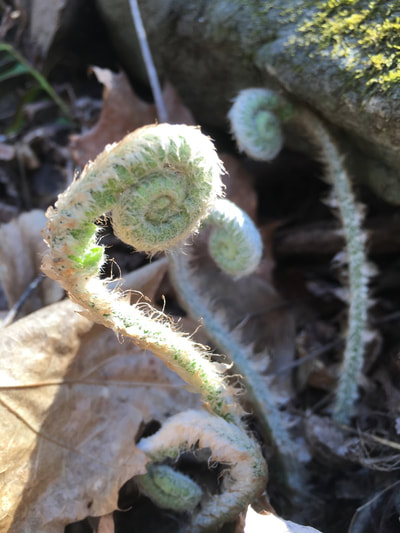
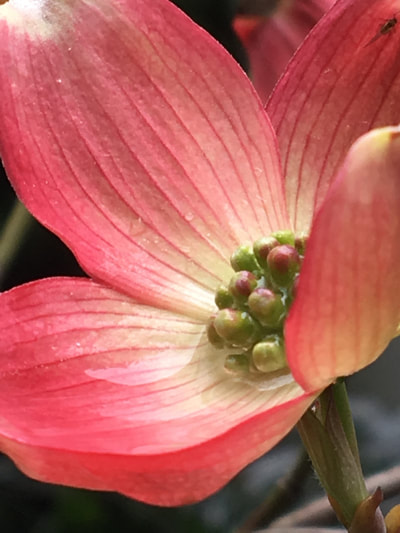
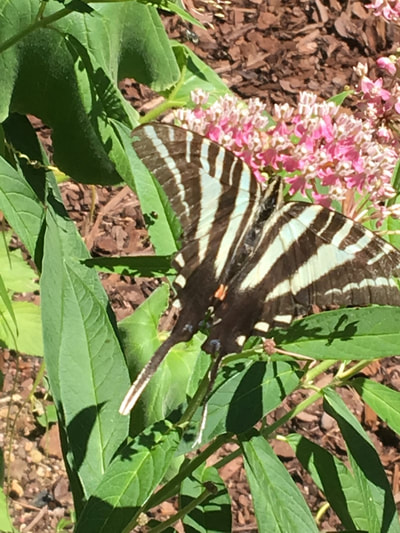
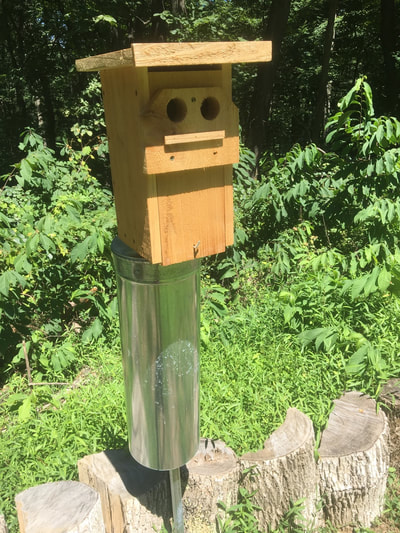
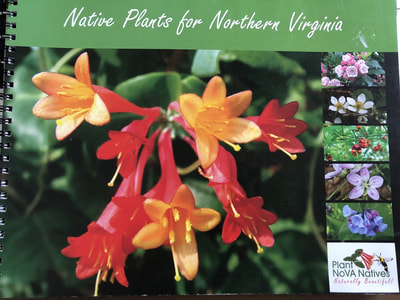
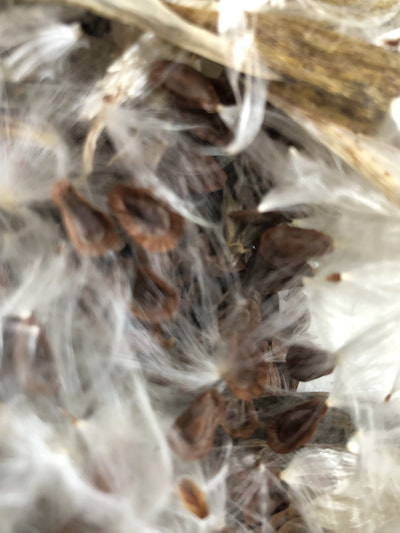
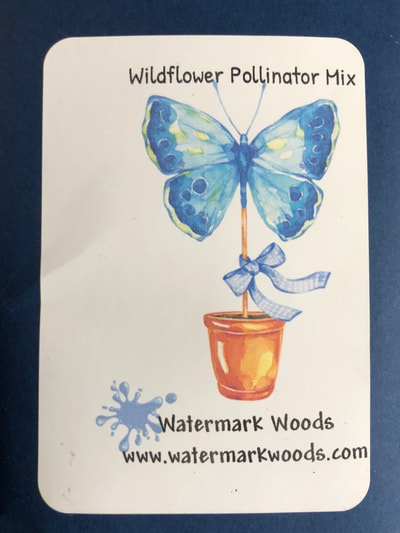
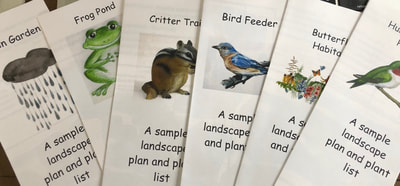
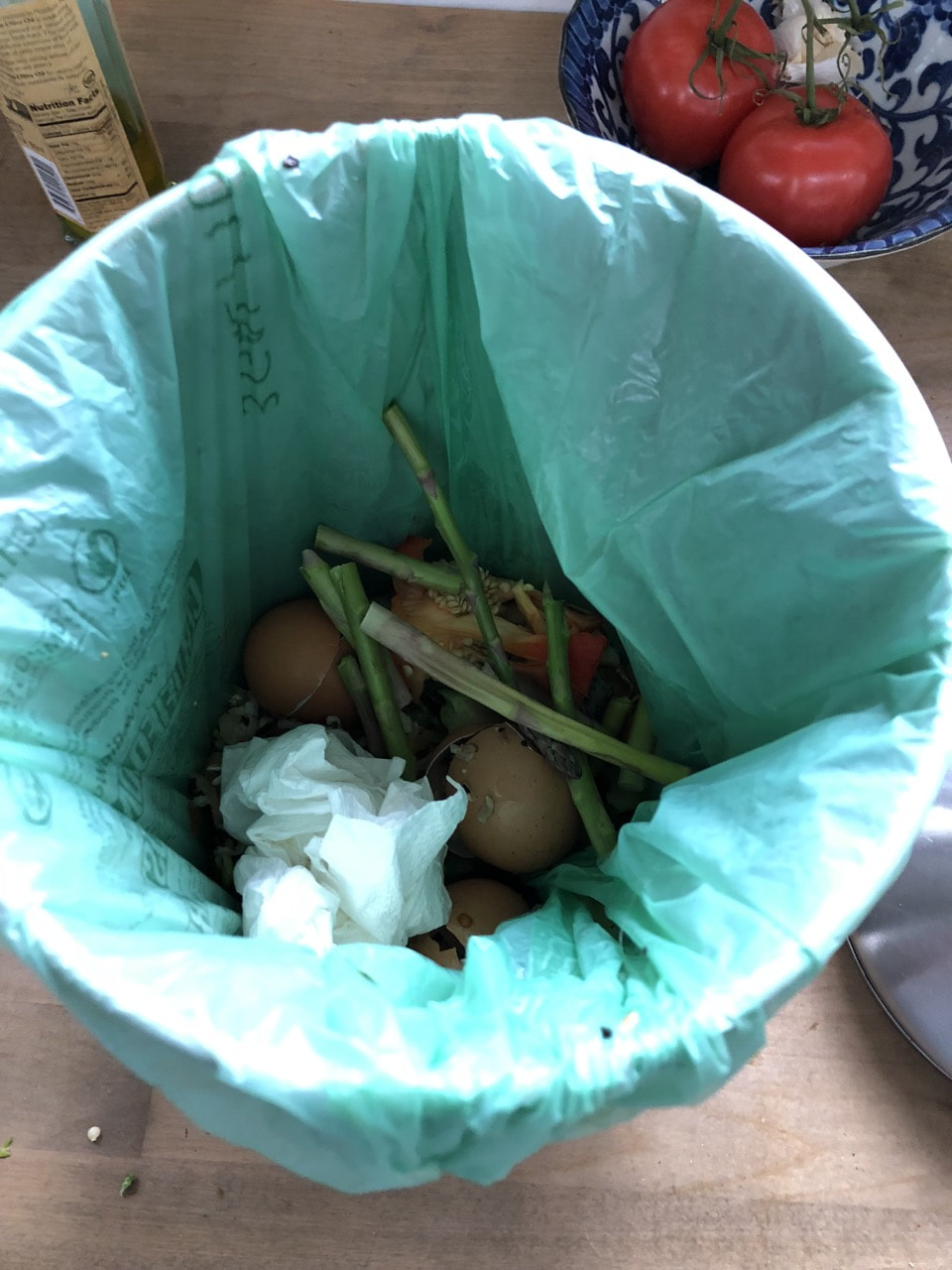
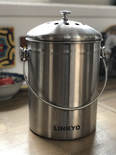
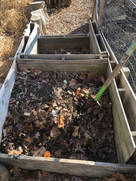
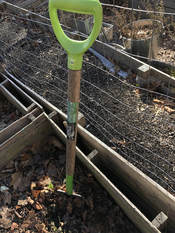
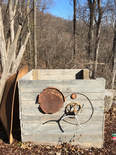
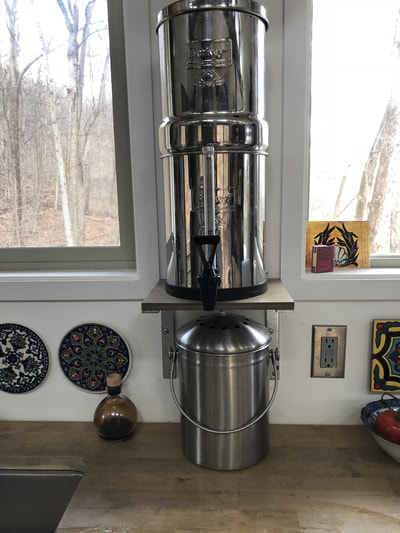

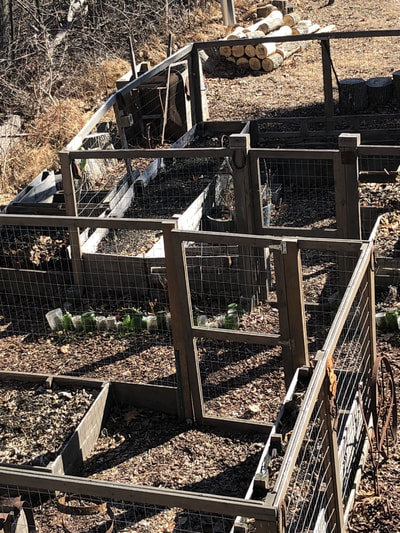
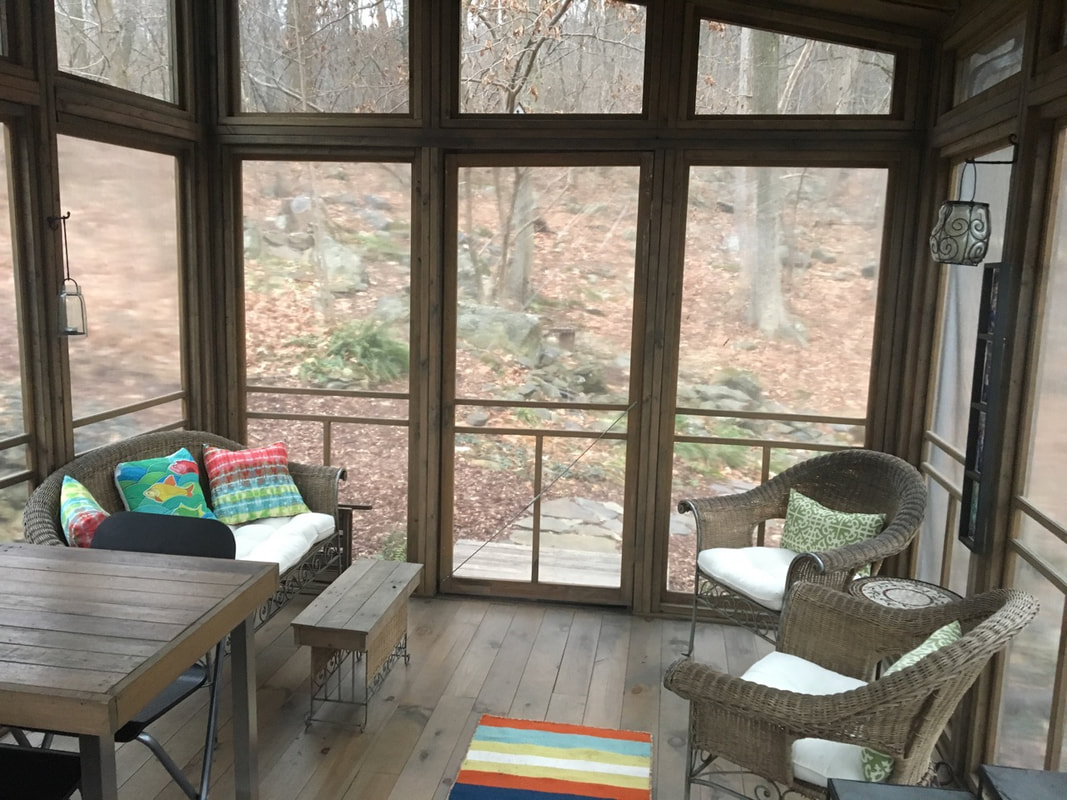
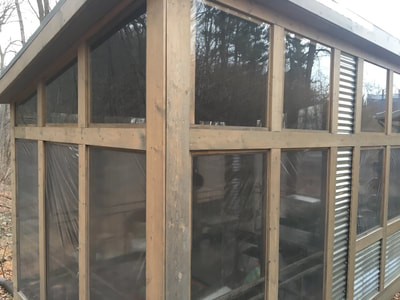
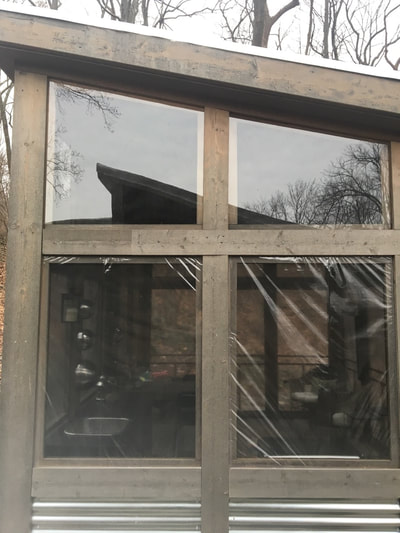
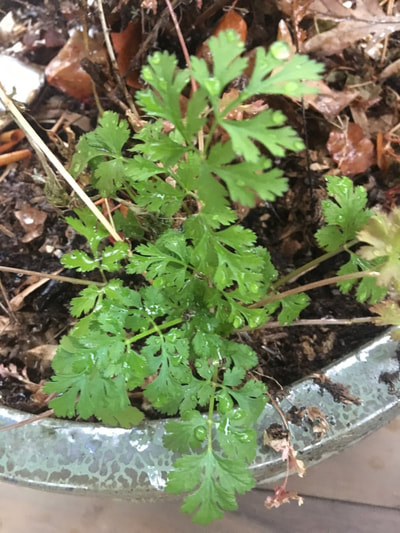
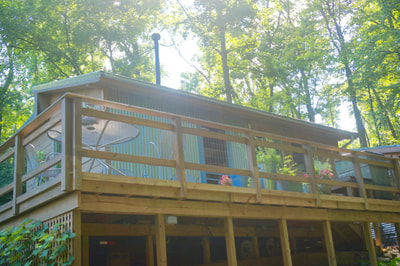
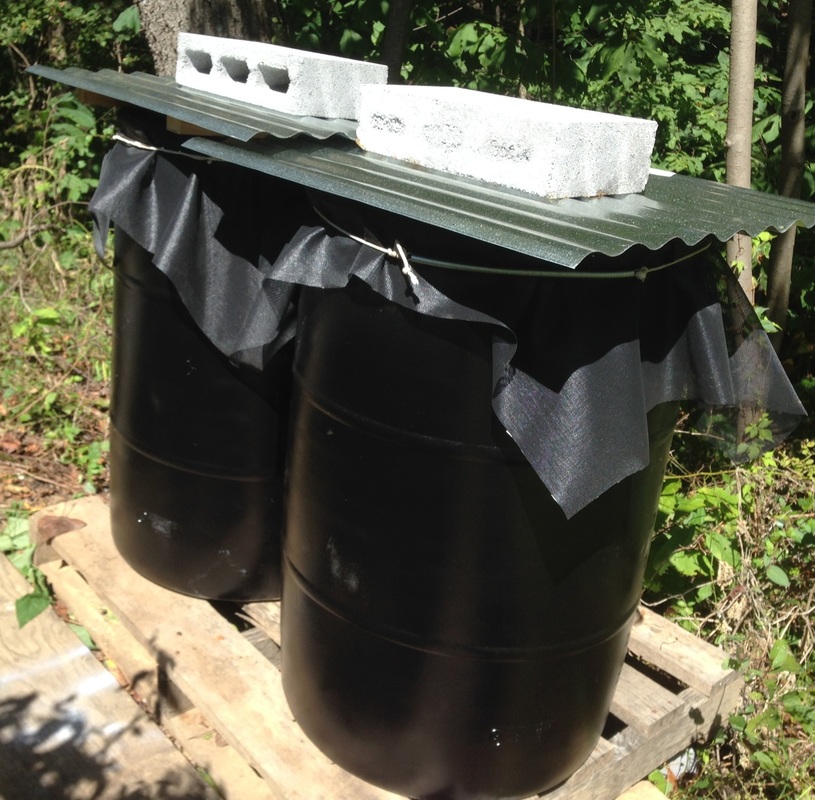
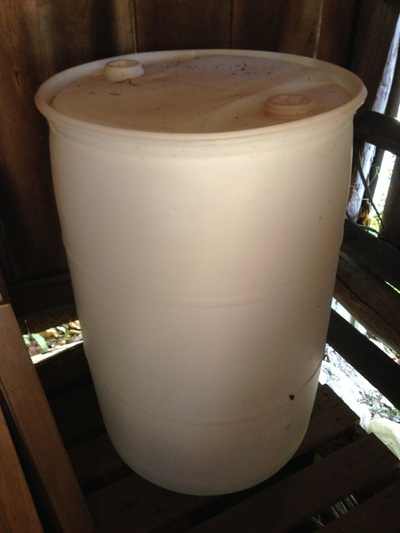
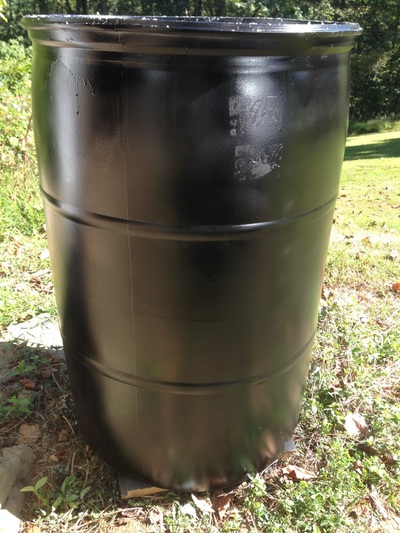
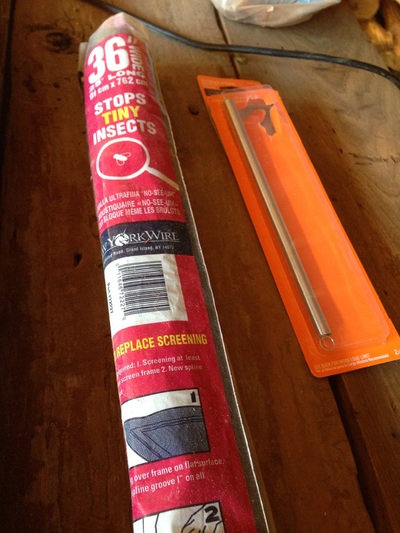
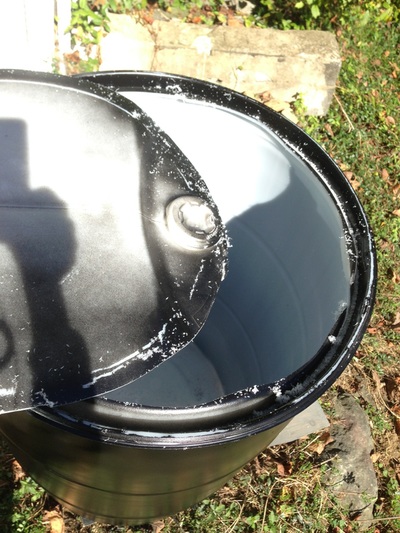
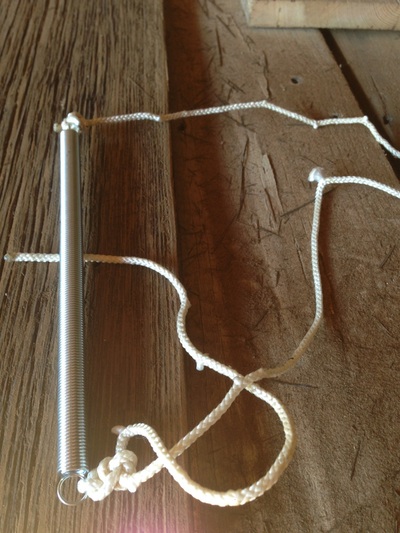
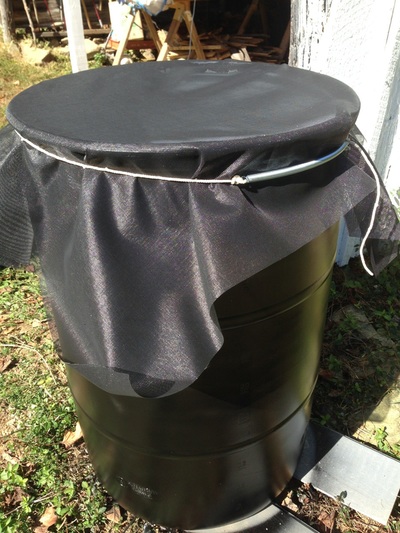
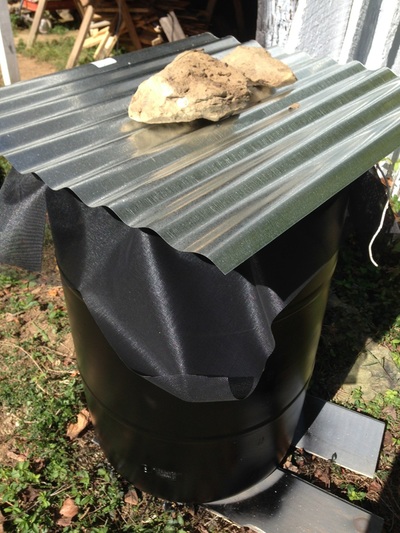
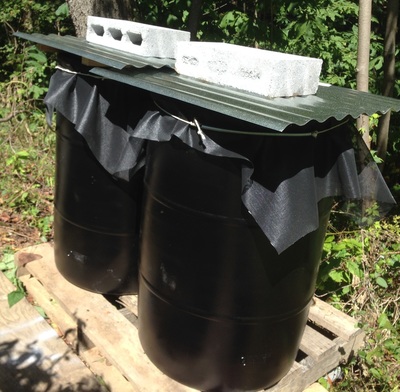
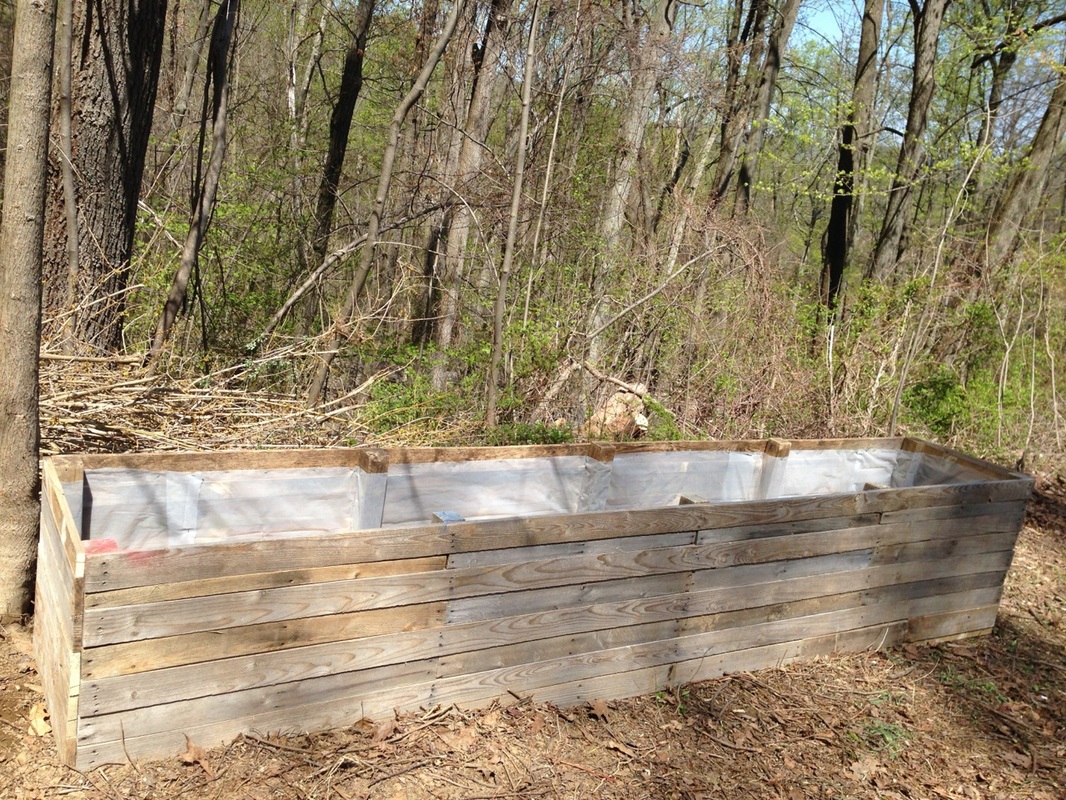
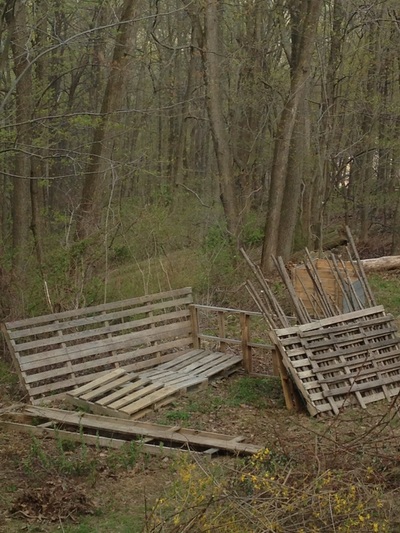
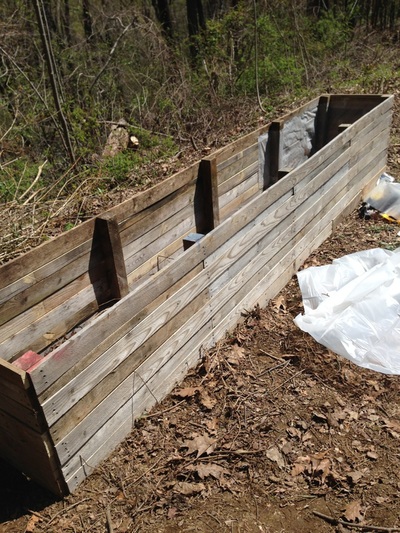
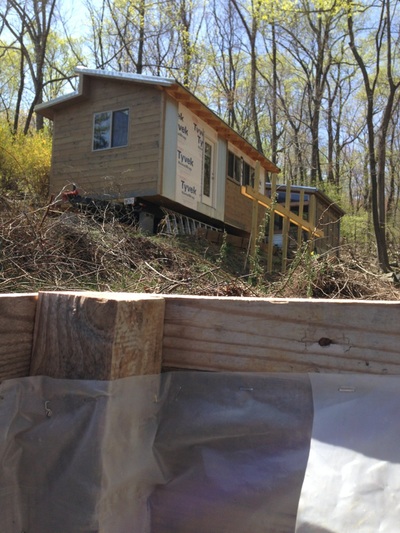
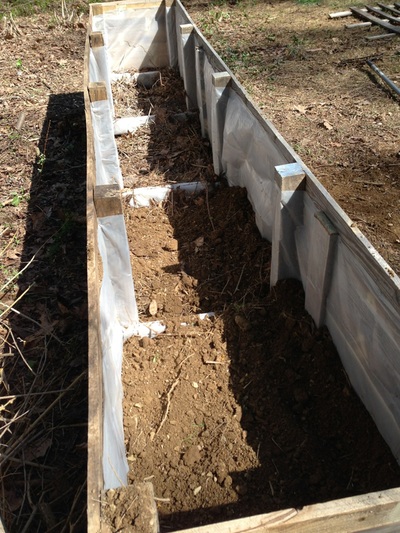
 RSS Feed
RSS Feed
